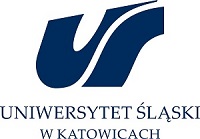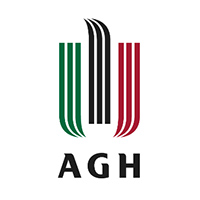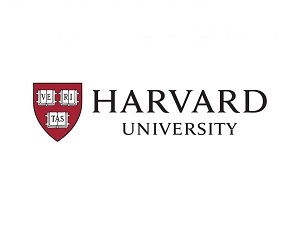| Katarzyna Stołpiec |
Regionalne rankingi ryzyka zachorowania na COVID-19 odgrywają istotną rolę w kierowaniu epidemią. Regiony znajdujące się na ich szczycie uznawane są za najbardziej zagrożone i to w nich wprowadzane są obostrzenia (np. ograniczenia podróżowania). Można zatem powiedzieć, że od sposobu tworzenia takich rankingów pośrednio zależy zdrowie człowieka. Jednocześnie Światowa Organizacja Zdrowia zwraca uwagę, że negatywny wpływ na ludzkie samopoczucie ma infodemia, czyli nadmiar informacji (w tym fałszywych) skutkujący dezorientacją i nieufnością wobec instytucji zdrowia publicznego.
Jeden z przykładów, który łączy te dwa problemy, dotyczy Luksemburga. Latem 2020 roku berliński Instytut im. Roberta Kocha wraz z wieloma krajami europejskimi uznał, że Luksemburg należy zaliczyć do strefy wysokiego ryzyka zarażenia wirusem SARS-CoV-2. Przesądziła o tym liczba potwierdzonych przypadków zachorowań na 100 tys. mieszkańców. Miesiąc później decyzja ta została cofnięta. Zorientowano się, że w tamtym czasie Luksemburg wykonywał dużą liczbę testów na 100 tys. mieszkańców, z których wynikała adekwatnie wysoka liczba potwierdzonych zachorowań.
Grupa badaczy z Uniwersytetu Śląskiego w Katowicach, Akademii Górniczo-Hutniczej w Krakowie oraz Harvard University zaproponowała wzór do klasyfikacji ryzyka, który byłby akceptowalny z punktu widzenia sprawiedliwego oceniania regionów oraz interpretowalności epidemiologicznej.
– Regiony, które dużo testują i w wyniku tego odnotowują większą liczbę potwierdzonych przypadków, nie powinny być za to karane pierwszymi miejscami w rankingach ryzyka. To trochę tak, jakby twierdzić, że osoby, które się nie badają, są zdrowsze od tych, które poddały się badaniom. Ci pierwsi nigdy nie dostaną niekorzystnych wyników, ale to nie oznacza, że są zdrowsi – mówi dr Michał Michalak, który zainicjował badania. Na Uniwersytecie Śląskim naukowiec studiował m.in. matematykę i geologię, a w 2021 roku obronił rozprawę doktorską nt. nowych metod analizy powierzchni geologicznych. Obecnie jest pracownikiem Akademii Górniczo-Hutniczej w Krakowie, kieruje również grantem Narodowego Centrum Nauki na Uniwersytecie Śląskim w Katowicach.
– Wzór zakłada podzielenie relatywnego ryzyka zakażeń (stosunek wartości obserwowanych i oczekiwanych) do ryzyka dotyczącego testów – tłumaczy dr Michał Michalak. – Argument za stosowaniem takiego wzoru polega na tym, że porównujemy w ten sposób lokalną (np. dla województwa) i globalną (dla całego kraju) wykrywalność lub prawdopodobieństwo znalezienia zainfekowanych próbek, co wskazuje, na ile potencjalnie chore osoby rzeczywiście były chore. Kiedy stosunek lokalnej i globalnej wykrywalności jest większy od 1, wówczas mamy do czynienia z większym ryzykiem niż przeciętne i vice versa.
Wyniki badań zostały opublikowane w artykule naukowym pt. „Reducing bias in risk indices for COVID-19”. Pełna wersja tekstu jest dostępna na stronie czasopisma „Geospatial Health”.
– Opublikowanie artykułu z obcej dziedziny wcale nie było dla nas łatwe. Na pewno pomógł nam entuzjastyczny stosunek do badań głównego redaktora czasopisma dr. Roberta Bergquista, który podkreślał potencjalne duże praktyczne znaczenie badań. Cieszymy się też z nawiązanej współpracy z doktorantem Harvard T.H. Chan School of Public Health, jednostki, która według rankingu szanghajskiego zajmuje pierwsze miejsce w dziedzinie zdrowia publicznego – podsumowuje dr Michał Michalak.
 |
 |
 |






